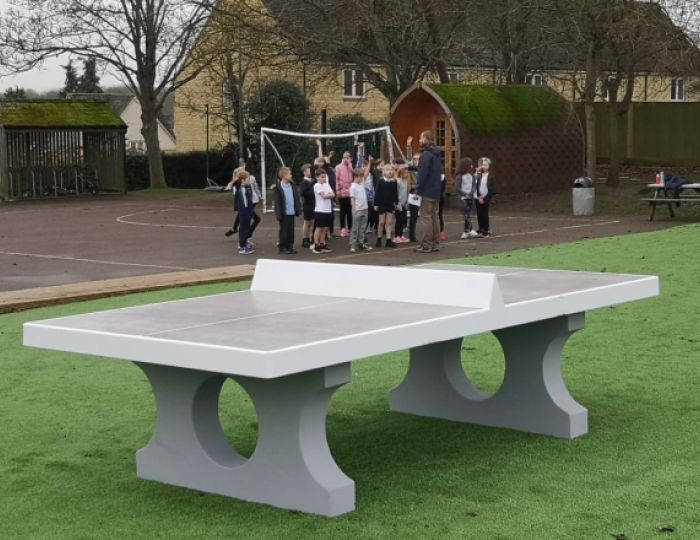Managing dress code in a school can be a tricky HR issue, not least because it has implications for health and safety.
As a headteacher, the unpopular decisions I had to make often related to staffing issues that took on a personal aspect, and preferences around self-expression that staff hold dear. None of us likes to be unpopular.
One of these was about what to wear at school. We may like the idea of turning up wearing clothes that define us, but this is something worth unpicking for the sake of continuity, cost and the quality of your provision.
Let’s consider the hidden repercussions of the humble shoe. I have to say that before I became a headteacher, I had never heard of a mule or killer heel, and I’d never assessed the open toe.
One common misconception is that choosing to wear something that is knowingly impractical could only affect the wearer. This conveniently gives license to each employee to wear what they like. Sounds perfect. No work for you and a happy team, grateful for your blessings.
This is where a lack of clarity can have serious repercussions. The hazards within the school are many. Despite putting everything possible into place to prevent staff injuries, I’ve managed quite a number of them over the years.
Consider this. You’re sitting in your office and there’s a knock at the door to tell you that a colleague has fallen. Inside the classroom, the member of staff is sitting, holding their shoulder, dazed and upset. They are in serious pain and this far exceeds your medical training.
You sensitively enquire about the cause of the injury because you have a duty of care. You also begin to think about whether or not there could be negligence. It’s confirmed that this is a fall on a wet, grass bank/icy car park/lunch hall/staircase. Looking at their footwear (and now is not the time to say this) you see a flip fliop/kitten heel/mule/sandal/stiletto…
As they head off to hospital, you fill in the accident forms. The diagnosis is not good - three months off with a phased return.
The LA will pay the teacher’s wages during their absence but your insurance does not cover support staff and so you buy in supply. This means that the total cost of sustaining provision has been doubled one way or another.
You will now embark on a process of personal and professional support for the victim. There may be long-term physical consequences as well as legal proceedings. This is deeply unpleasant, very worrying and time consuming.
We have to start by assessing the hazards of the job together, then we can make decisions based entirely on safety. This is hard to argue against, especially if you share these potential consequences with your team. Let’s not forget that this also affects you.
You will have to lead by example, which may compromise your personal preferences, so let’s take a moment to consider the implications if you were to be absent.
We can create a win/win decision from this situation if we can be seen to prioritise the health of our staff and the health of our provision at the same time.
We have to accept that some of the hardest decisions we can make as a school leader will be the ones that will be unpopular, so let’s not confuse a popular decision, with the right one.
David Rushby is a former headteacher and director of Nautilus Education




_945_573_80_int_s_c1_c_t.jpg)





